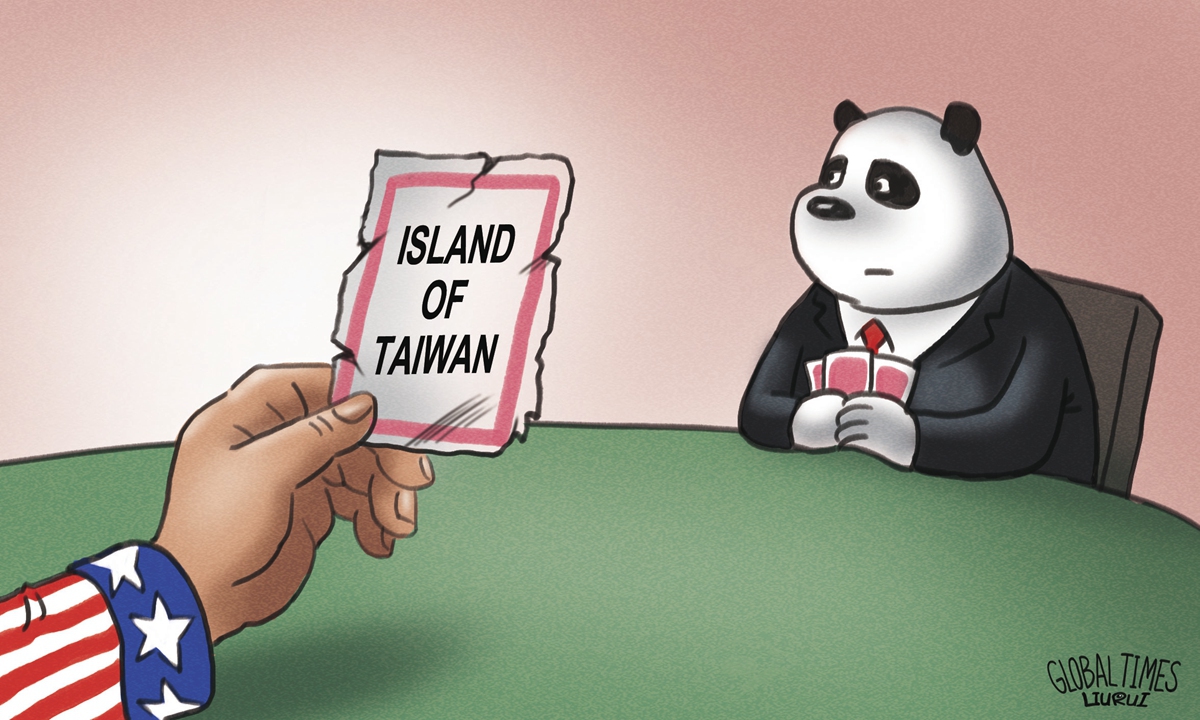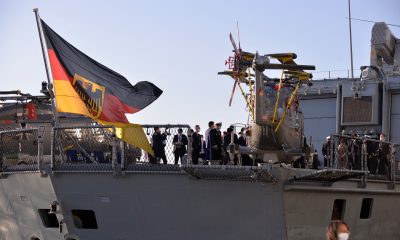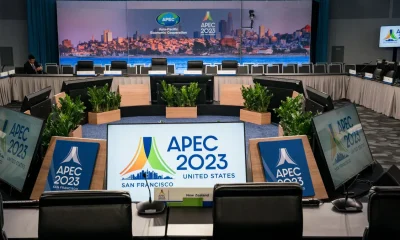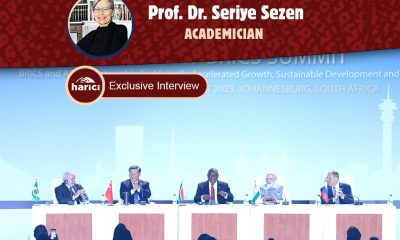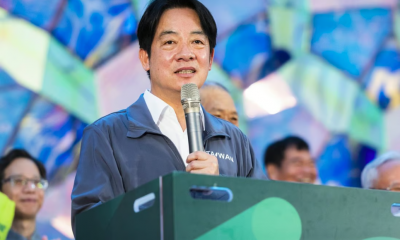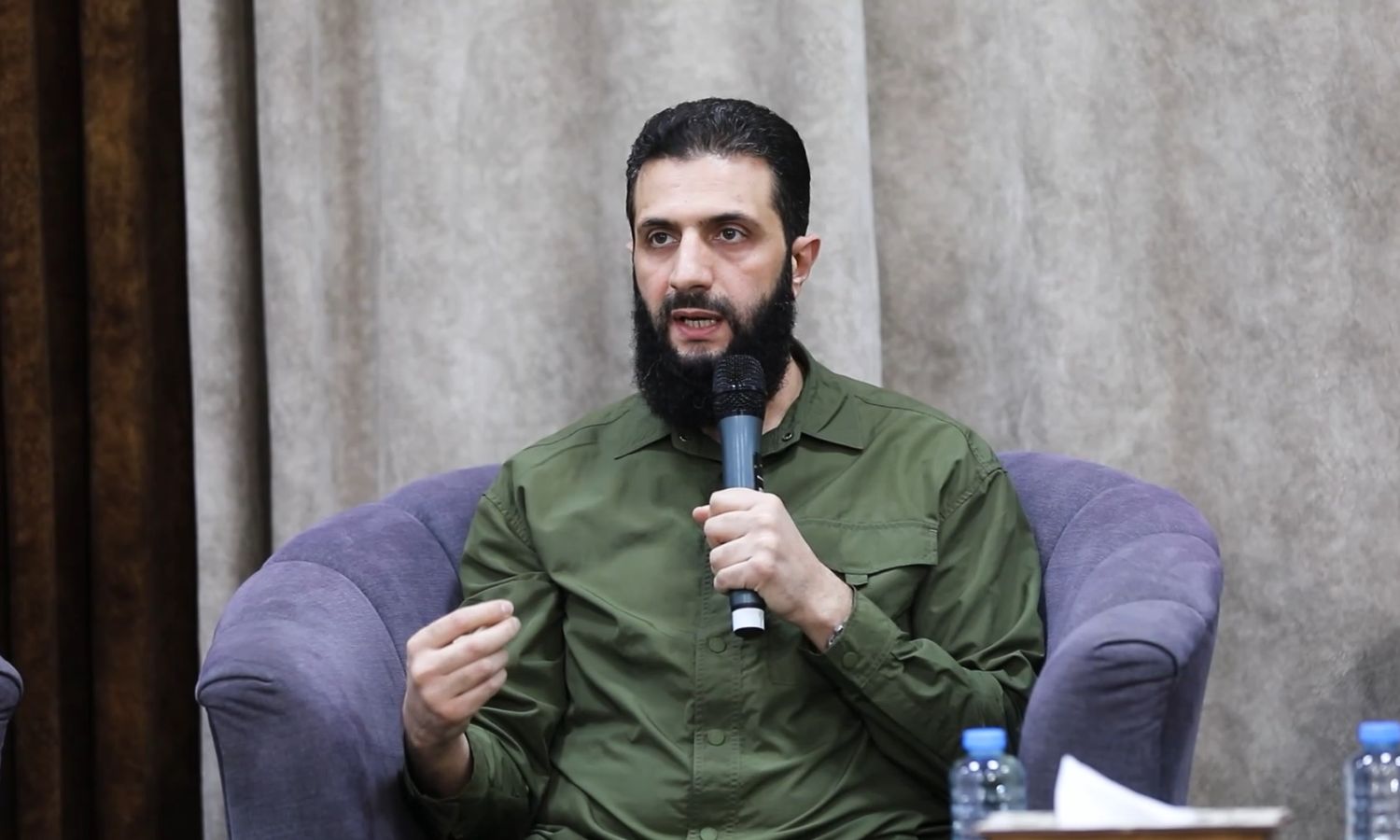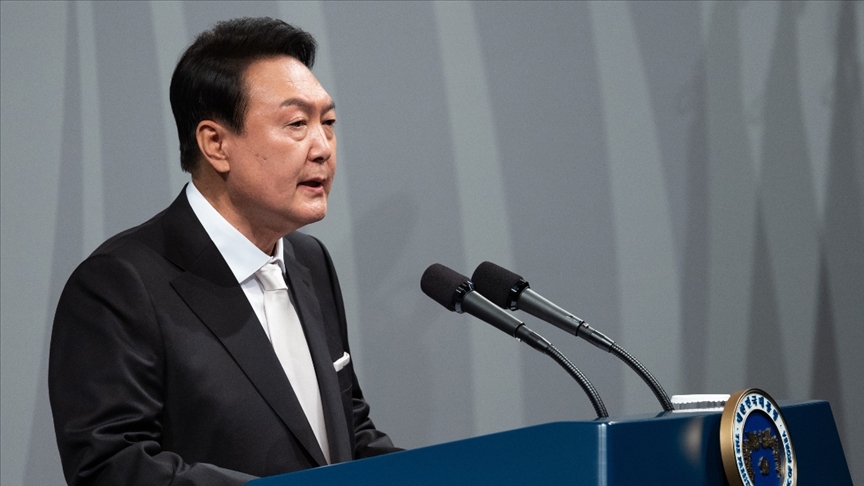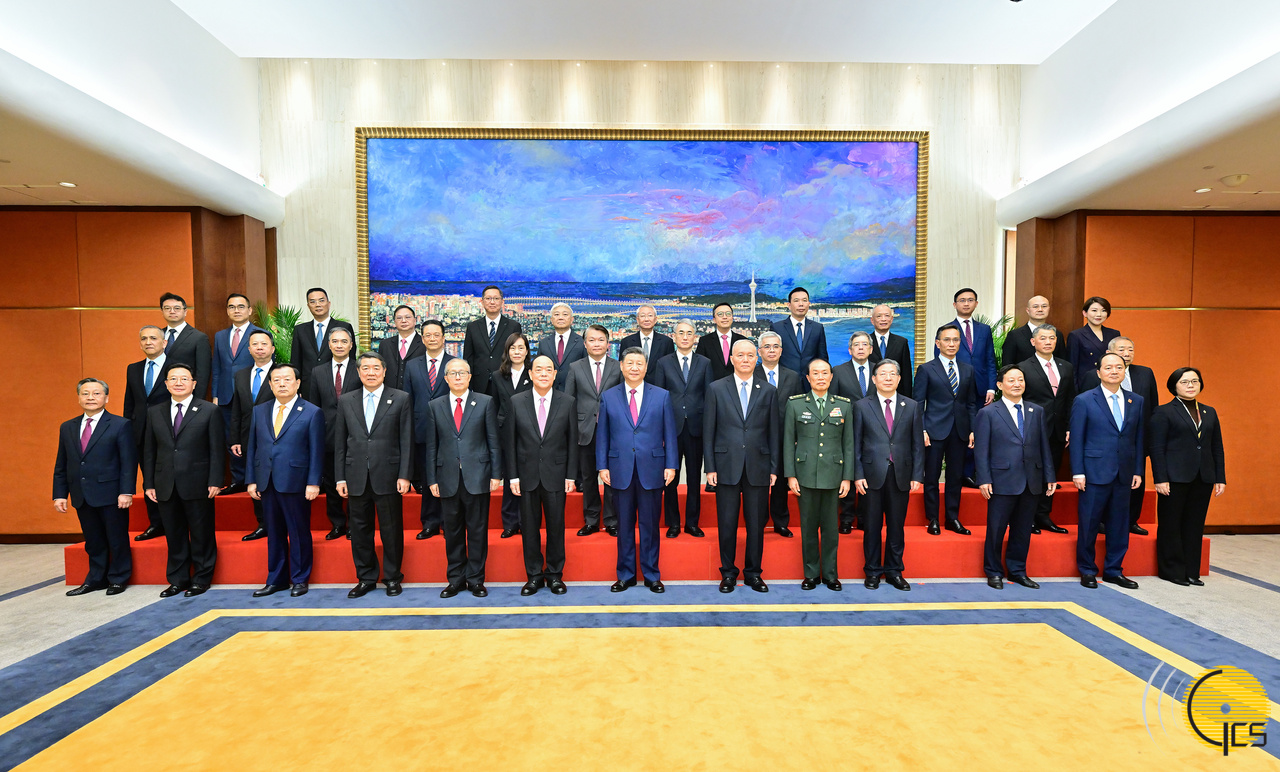The effects of the US House of Representatives Speaker Nancy Pelosi’s visit to Taiwan is still resonating. Although it was already well-understood that Beijing will not give an immediate response out of temper, it is still a topic of debate what measures will it take and what kind of responses will China give in the long run.
The Chinese media continues to discuss the policies of the Beijing administration and the position of the United States regarding Pelosi’s visit. There is an expectation within the Chinese public opinion, to deliver a strong response to Pelosi’s action in order to protect Chinese national reputation. Political scientists and academics on the other hand, are in favor of some more inclusive policies that would accelerate the reunification process with Taiwan. There are even comments that Beijing can turn this crisis into an opportunity.
The analysis column published by the Global Times has described Pelosi’s visit to Taiwan as a provocation, while being said that the US has now undermined the peace and stability and changed the status quo within the Taiwan Strait. The article reminds that the US and Western public opinion often targets China over the concepts of peace, stability and status quo, the article describes Pelosi’s visit as a “serious and destructive change” to the status quo in the Taiwan Straits, while calling this move as a “betrayal of the US political commitment to China”. The visit was described to have violated the One-China Principle and the Three Joint Communiques, which form the basis of Beijing-Washington relations, as well as violating the United Nations Resolution No 2758. The article argues that any countermeasures to be taken by China as a sovereign country, to defend its national interests, are both legitimate and necessary.
Intimidating Pelosi
The countermeasures taken by China in this context are summarized as follows; First to define Pelosi as the main target. The main objective in this is to ensure that this risky move by Pelosi backfires at her, so that other American politicians like Pelosi can grasp that Taiwan is not a place they can visit at any instance. An example of China’s military countermeasure that has made Pelosi feel the intimidation was when her plane circled over the South China Sea, fearing the Chinese military firing drills with live ammunition could hit the plane, during Pelosi’s flight on last Tuesday.
Military countermeasures
Secondly, it is being argued that China’s countermeasures should not be a one-time intimidation, but a combination of long-term, decisive and steady actions. The importance and deterrence of the Chinese military’s drills around the island of Taiwan are once again underlined, with joint naval and air exercises in the north, southwest and southeast of the island starting Tuesday night, by long-range artillery firing in the Taiwan Straits and by conventional missile tests in the maritime zones east of the island. It is stressed that these exercises will provide a better understanding that the Strait of Taiwan is not an international water.
This will accelerate the unification process with Taiwan
Third, it is told in the article that China’s countermeasures are fundamentally aimed at promoting the process of national re-unification. And it is told that some actors like Pelosi cannot change “the historical and legal fact that Taiwan is a part of China” and cannot thwart China’s ascension to achieve a full reunification. The article argues that these moves from the USA, will further accelerate the process of reunification: “Every step taken by the foreign powers to escalate the provocations and to implement secret agreements will only further accelerate China’s realization of a full reunification.”
The entire Asia-Pacific theatre will be affected by this
On the CGTN, Pelosi’s visit was published with the headline ” Pelosi lit a fire that could consume the Asia-Pacific.” Describing this action from the US as a “brazen violation of China’s most sacred principle” and a “challenge to internationally recognized legal facts,” the article states that a strong public opinion has been formed in the country, against this message that is intended to be sent with the Taiwan visit.
Emphasizing that China has ” no option but to retaliate to this blatant challenge to its national sovereignty and territorial integrity”, the article refers to the Chinese military exercises around the island of Taiwan. At the conclusion of the article, Beijing-Washington relations are mentioned, and was stated that If the United States can’t find a rational approach to its relationship with China, it will “have to face a dangerous conflict of its own making again”.
Pelosi in the front, Washington in the back
In another analysis article also published by the CGTN with the editor signature of Chen Wenling, the chief economist of the China Center for International Economic Exchange (CCIEE), it was argued that while this action could at first glance thought to belong to Pelosi personally, it is essentially a continuation of the US policy of containment of China. The article implies that Pelosi acts just as a side-actress: “Some American politicians seem to try persuading Pelosi to give up her trip to the island at first glance, but in fact they are secretly bringing Pelosi to the front stage”.
In the article it was emphasized that although the US has declared that it respects to the one-China principle, but has not acted accordingly, while giving examples of Washington’s actions: the US Congress has supported the “independence of Taiwan” by legislation; The State Department of the US has removed phrases such as “Taiwan as a part of China” from its official website; Taiwan was officially included in the “American Indo-Pacific Strategy”; Washington has intensified its arms sales to Taiwan to increase the region’s “asymmetric fighting capability” and to support the separatist activities such as the “Taiwanese independence movement”.
As for China’s countermeasures, sanctions are indicated: Taiwan has banned citrus fruits such as grapefruit, lemon and orange, as well as fish types such as grouper and mackerel, from being imported to the mainland. The decision also covers the import of natural sand. Chen Wenling’s analysis article ends with an emphasis on Chinese reunification, like the other articles.
Let us focus on the process, and not on the outcome
The analysis article published at China Daily, blames the Washington administration for the visit and indicates the internal conflicts and political fractures within the United States.
The article states that the main point to be analyzed about Pelosi’s visit is not the outcomes of this visit, but the process that has led to it, and that if these issues are not properly addressed, it is argued that “the flawed US political system will put the world in a constant trouble”. It is commented that Pelosi’s visit to Taiwan does not serve the American national interests, while the US will continue to pay the price for the rise of populism within its political elite. It is also noted that Beijing will take the initiative to turn this event over the Taiwan Strait into an opportunity, and “will not waste this opportunity in any possible way”.

 EUROPE1 week ago
EUROPE1 week ago
 OPINION2 weeks ago
OPINION2 weeks ago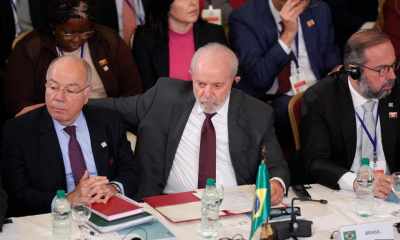
 OPINION1 week ago
OPINION1 week ago
 DIPLOMACY2 weeks ago
DIPLOMACY2 weeks ago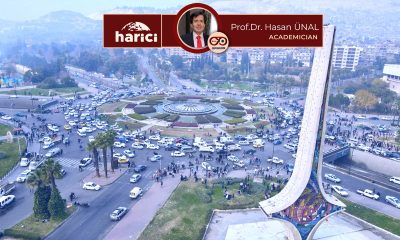
 OPINION2 weeks ago
OPINION2 weeks ago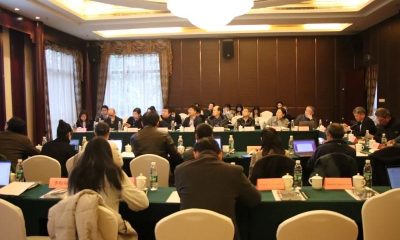
 ASIA1 week ago
ASIA1 week ago
 MIDDLE EAST1 week ago
MIDDLE EAST1 week ago
 MIDDLE EAST2 weeks ago
MIDDLE EAST2 weeks ago
